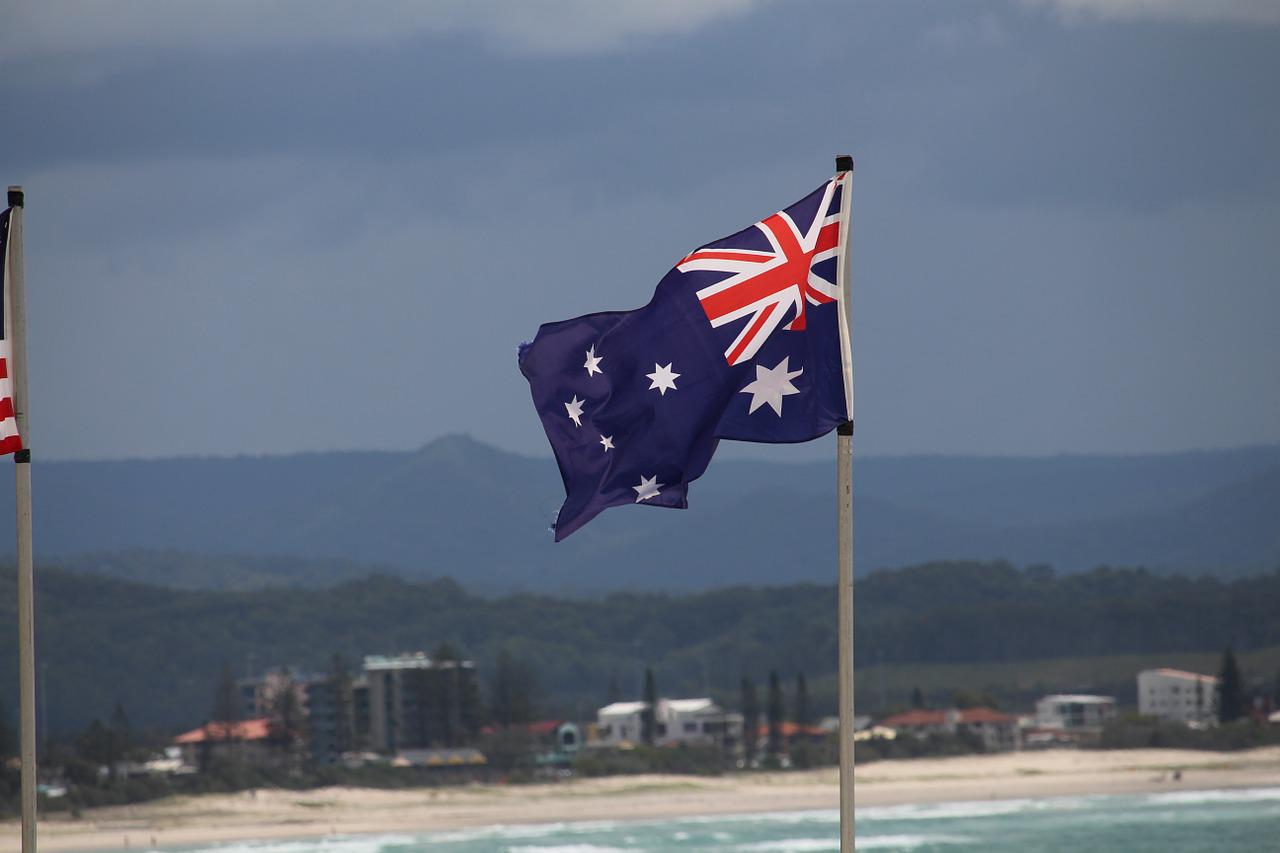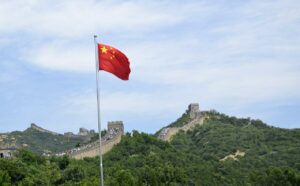
Australian Central Bank Hikes Interest Rates
On Tuesday, the central bank in Australia hiked its interest rates for the fourth month in a row, but its guidance for future hikes was tempered, as it said that while inflation would be higher, the economy was slowing down.
August policy meeting
The Reserve Bank of Australia (RBA) wrapped up its policy meeting for August in which it gave its interest rate a boost of 50 basis points that lifted the rate to 1.85%.
This means that there has been an eye-watering hike of 175 basis points in the interest rates since May, which is the most drastic tightening in its monetary policy that has been seen since 1990s.
Despite that, the Governor of the RBA, Phillip Lowe also made the monetary policy outlook more conditional.
According to Lowe, while there will be additional steps taken to normalize the monetary conditions in the future months, they have not determined a pre-set path.
The markets took this to be a dovish stance of the Australian central bank, considering that Lowe had constantly been asking the board to achieve a neutral level of rates of about 2.5%.
Theoretically, this neutral level would mean that growth will neither decline, nor be stimulated.
Market reaction
In reaction to the rate hike and the further guidance, the Australian dollar incurred a decline of 0.9%, which brought it to a low of $0.6963.
Meanwhile, there was a rise of 11 ticks in 3-year bond futures to hit 97.280, as the market pared bets on the magnitude and pace of the interest rate hikes.
The odds of another 50 basis points raise in September were lengthened in swap markets. Before the announcement of the RBA, the peak had been implied to be around 3.41%, but this was adjusted to 3.31%.
Market analysts said that the statement from the RBA’s governor was on the dovish side, as it indicated that the bank could move back to hikes of 25 basis points in the September meeting.
Economic forecasts
The Governor also made adjustments to the economic forecasts of the RBA, as it said that consumer price inflation was expected to reach a peak of 7.75%, as opposed to a previous expectation of 7%.
The June quarter had seen it reach a value of 6.1%. It is not expected for inflation to come down to the targeted 2% to 4% band of the Australian central bank until 2024.
The bank also downgraded its forecasts for economic growth to 3.25% in this year and 1.75% in the next couple of years.
The bank had previously forecast growth of about 4.2% this year and 2.0% for the next few.
According to Lowe, the economy is resilient enough to survive the pain of unemployment, which has reached 3.5%, a low of 48 years, while job vacancies have touched an all-time high.
As for household demand, it seems to be doing quite well, thanks to the extra savings worth A$260 billion that had been accumulated during the coronavirus lockdowns.




